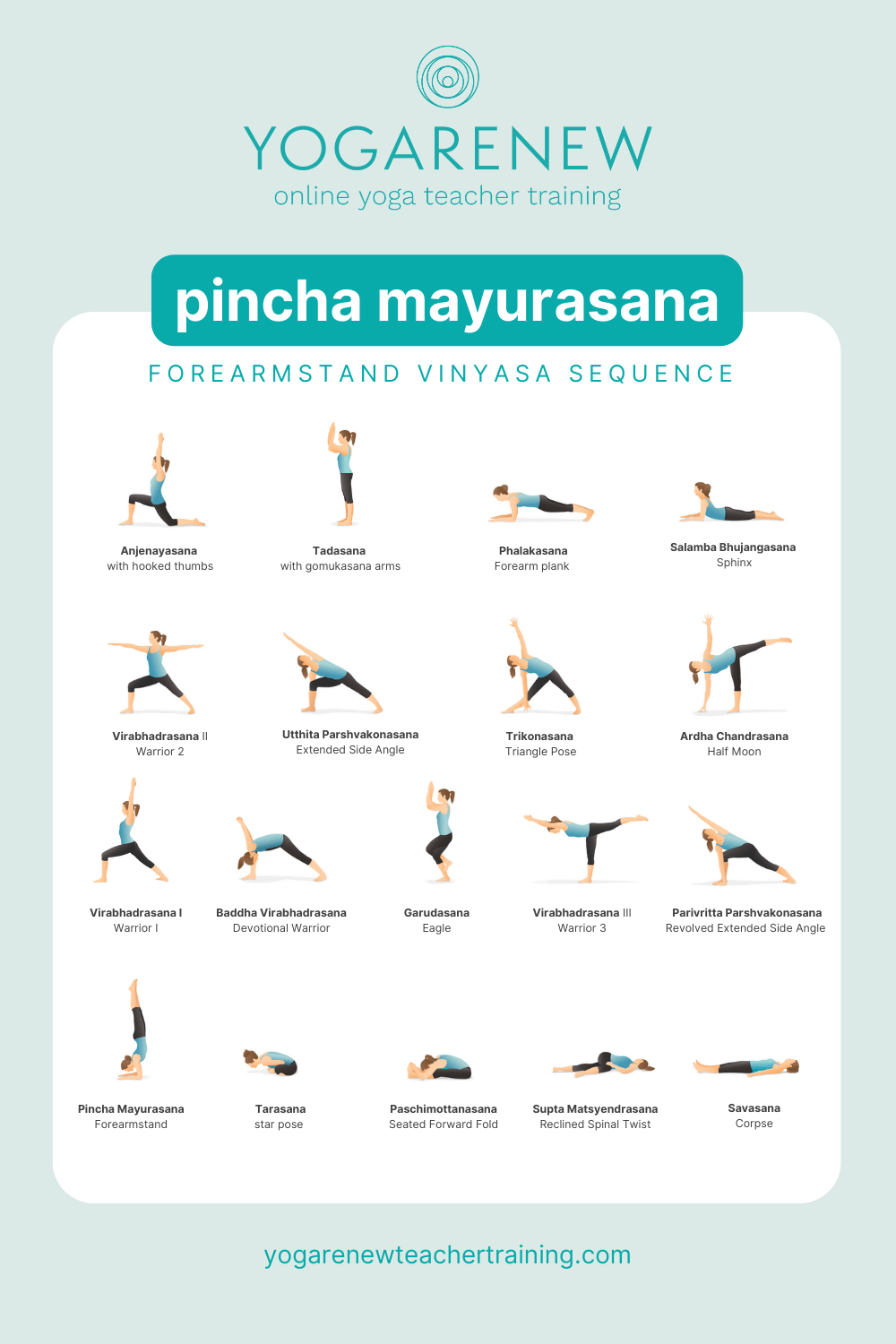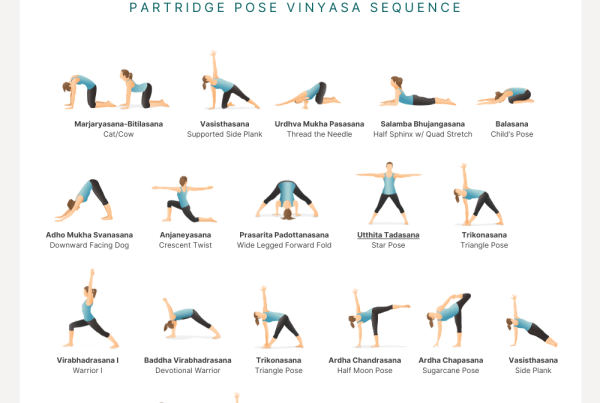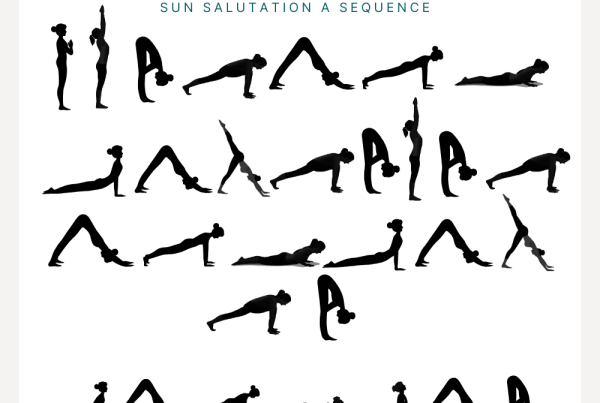
Forearmstand – or Pincha Mayurasana – is, in my humble opinion, the most challenging inversion to practice.
Now here me out on this…
The reason I feel this way is that it requires a lot of upper body + core strength but also needs a lot of flexibility and opening through the shoulders in order to setup the alignment of the pose.
It’s a pose that is really an example of the need for both strength and stretch.
The wonderful thing about this pose is that there are lots of ways to work on it for beginners (hi dolphin pose!) and ways to incorporate props to help make the pose feel more stable.
The key with sequencing classes for this pose is incorporating lots of side body opening, shoulder opening, and core stabilizing poses that integrate the whole core– abdominals and back.
And, of course, having a playful attitude goes a long way for making your students comfortable to try this pose.
Have fun and let me know how it goes!
Forearmstand Vinyasa Yoga Sequence:
Puttering/Warm-Up:
Anjenayasana with hooked thumbs
Tadasana with gomukasana arms
Forearm plank
Sphinx pose
Standing Poses:
Warrior 2
Extended Side Angle (with hand outside of the ankle)
Triangle Pose
Ardha Chandrasana
Warrior 1
Devotional Warrior
Balance Pose:
Eagle Pose
Warrior 3
Twist Pose:
Revolved Extended Side Angle
Peak Pose:
Forearmstand
Wind Down Poses:
Tarasana
Paschimottanasana
Supine Twist
Savasana
And, if you want more in-depth vinyasa sequences like this along with teaching notes + tips on how to cue them, enter your email below to grab our FREE guide:






